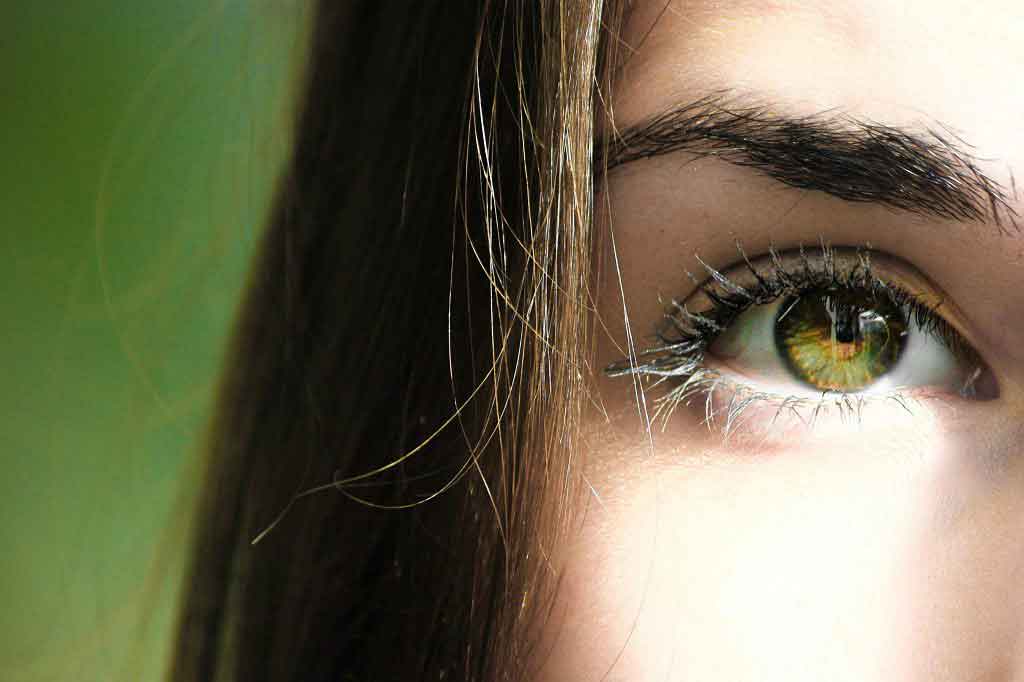Cataracts
Introduction

Cataracts occur when changes in the lens of the eye cause it to become less transparent (clear). This results in cloudy or misty vision.
The lens is the crystalline structure that sits just behind your pupil (the black circle in the center of your eye).
When light enters your eye, it passes through the cornea (the transparent layer of tissue at the front of the eye) and the lens, which focuses iton the light-sensitive layer of cells at the back of your eye (the retina).
Cataracts sometimes start to develop in a person's lens as they get older, stopping some of the light from reaching the back of the eye.
Over time, cataracts becomeworse and start to affect vision. Eventually, surgery will be needed to remove and replace the affected lens.
Introduction
Cataracts occur when changes in the lens of the eye cause it to become less transparent (clear). This results in cloudy or misty vision. The lens is the crystalline structure that sits just behind your pupil (the black circle in the center of your eye).
Symptoms of cataracts
As cataracts develop over many years,problems may be unnoticeable at first. Cataracts often develop in both eyes, although each eye may be affected differently. You'll usually have blurred, cloudy or
When to seean optician
If you have problems with your vision, make an appointment to see your optician (also known as an optometrist). They can examine your eyes and test your sight. The optician may look at your eyes with
Who's affected
Cataracts are very common and they're the main cause of impaired vision worldwide. In the UK, most people who are aged 65 or older have some degree of visual impairment caused by cataracts. Men and w
What causes age-related cataracts?
The reasons why age-related cataracts develop aren't fully understood. Like grey hair, cataracts are an inevitable part of ageing that affect different people at different ages. Cataracts are the resu
Treating age-related cataracts
If your cataracts aren't too bad, stronger glasses and brighter reading lights may help. However, as cataracts get worse over time, it's likely that you'll eventually need treatment. Surgery is the on







 Subscribe
Subscribe Ask the doctor
Ask the doctor Rate this article
Rate this article Find products
Find products